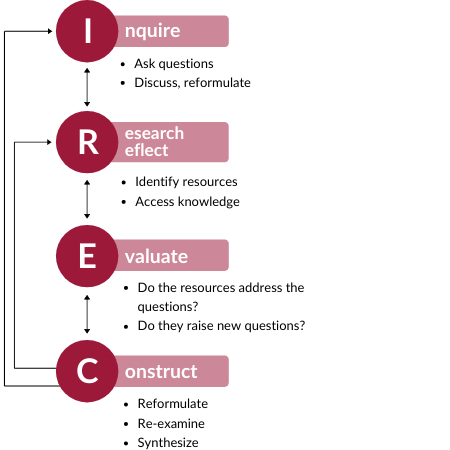Thank you Learning Pod 1 for letting me review your Interactive Learning Resource! I think it looks great and I hope you find my feedback useful 🙂
Learning Pod: #1Peers’ Names: Mary Pesado, David Jeong, Kate Ueda, Mikaela Curdyk, Pim Sgoontanag
Interactive Learning Resource Topic: Developing a Growth Mindset
Identify components of the Interactive Learning Resource that might be missing (e.g., appropriate outcomes, alignment, interactivity, inclusivity, technology use and rationale, presentation, grammar, spelling, citations, etc.).
| – Your learning context paragraph sounds a little repetitive when saying “students in grades 10 to 12” maybe try and word some of those sentences in different ways. – “Learning how to develop a growth mindset will significantly help them how to manage their stress and challenges through their post-secondary education.” In this sentence, it seems as if maybe there should be an extra word or two between “them” and “how” I could also be reading it wrong. – After your summative assessment table, your final paragraphs need to be indented at the beginning. once the peer reviews are complete don’t forget to add the peer review links and why you did or did not incorporate feedback from your peers |
Provide a summary of The Interactive Learning Resource’s strengths and weaknesses. Draw out specific examples from your peers’ work to justify your feedback.
| Strengths: – Really good job with the lesson plans and explaining the what, why, and how of each planned lesson. – Your lessons all include an interactive activity between students which I believe is very important and a great way for students to work on developing their growth mindset. – I thought that your paper was well planned out and very easy to follow, it flowed into each section very smoothly. – The examples you provided to help the learner differentiate between a “fixed mindset” and a “growth mindset” I think are very helpful in explaining the differences. – Your explanations are very thorough and give good detail and insight to you topic. – You did a great job incorporating course material that has been discussed throughout the term and using references to help support your different messages. Weaknesses: – I would suggest maybe reading each paragraph out loud as some of the sentences seem as if they are incomplete sentences, by doing this it may help each section flow very smoothly. – What made you choose grades 10 to 12? Could a resource such as this one be beneficial for students starting at a younger age in middle school? – How can you ensure that students will participate in breakout rooms? I find in my university course breakout rooms nobody really participates which may also happen within the high school students breakout rooms. |
Provide general, specific, and practical recommendations to your peers on how to improve their Interactive Learning Resource.
| Overall, I found your Interactive Learning Resource engaging and well-planned, I believe that it most definitely can help students in grades 10 to 12 develop a growth mindset. However, I recommend maybe trying to find a substitute for the breakout rooms planned for the first four lessons, not necessarily every breakout room but maybe one or two of them. I find that participation in breakout rooms can be minimal, resulting in very little interaction and participation. Instead of having them reflect on their individual thoughts and share them with the group maybe implement a group activity that they then must present to the rest of the zoom call after their breakout rooms are complete. This suggestion may force students to participate and interact with not only the material but also each other. I think overall though your Interactive Learning Resource looks great! Your group has clearly put the time and effort into making this a great resource. |



Recent Comments